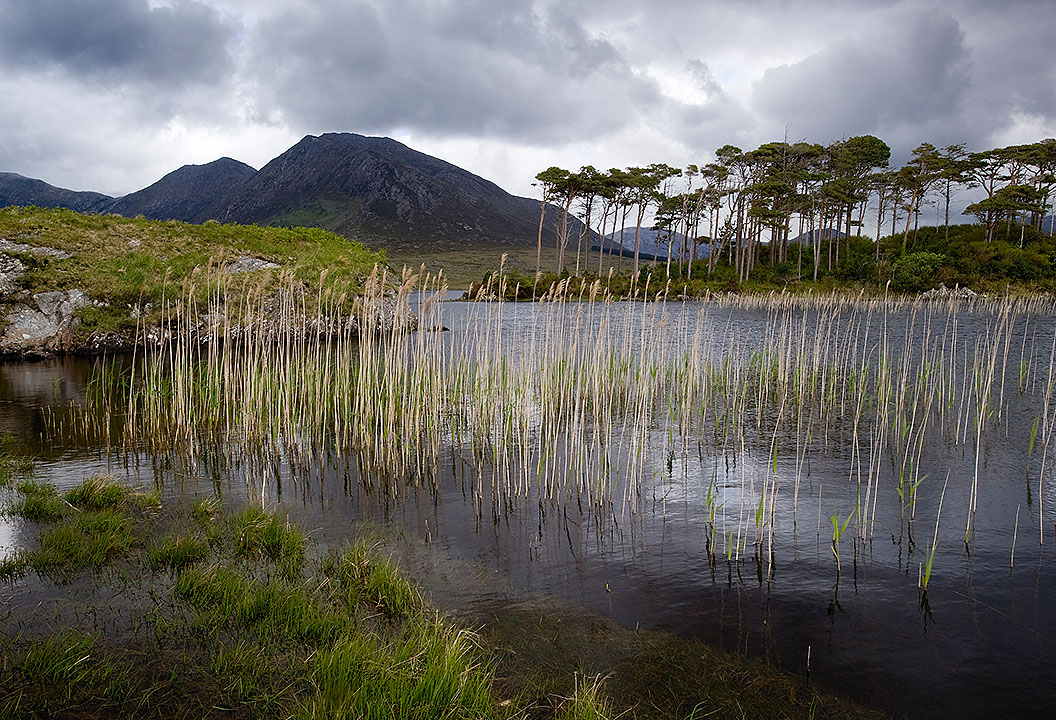Sand eels are a wonderful forage fish that supplies great opportunities for the nearshore fly angler. These long thin critters are found over a large extent of the Atlantic coast, ranging from the far north down to the Carolinas. In addition they are easy to match with a fly and have a regular diurnal cycle that assists anglers in predicting the bite.

Typically they vary in size from young-of-the-year sand eels of about 1.5 inches, to large adults of 4 inches and beyond. Coloration is usually black over silver in dark water locations (particularly those with a mud bottom) to green over silver on many clear sandy beaches. That said I have seen pinkish/ tan over silver on rare occasion on Cape Cod. Be aware there is an offshore race of sand eels that comes close to north Atlantic facing beaches. These guys can be 6″ or more.
Sand eel Flies
Sand eel flies can be very simple. Below you see one I tied. It is constructed along the lines of Glen Mikkleson’s flies. I made this one with a black bead chain eye, but you might opt for a lead dumbbell if needed. Let’s take a step-by-step look at how this fly was made.


This is a size 2 34007 Mustad and will produce roughly a 2″ fly. Other similar hooks work just fine. The Gamakatsu SL 11-3H is one I like very much. I wrapped the the shank with white Danville Flat wax nylon and tied in 1/8″ black bean-chain eye. Step Two involves bringing the thread to the rear of the bend. Then tying in a piece of copper wire. (either copper colored wire or in this case sea-foam green.) Then tie in a piece of Bill’s Bodi Braid. Four inches will do.

Step Three Now you’re ready for the bottom wing. You can use either white bucktail or in my case white Steve Farrar Blend. Craft Fur or Polar Fibre are other good options. Tie the wing down immediately behind the bead- chain eye.

Step Four involves placing a green wing on top of the white. Here again bucktail works, but I’m using mackerel color Steve Farrar Blend. Tie this wing down immediately in front of the bead-chain eye. Pull the two wings tight together and over swap both with the copper wire in open loops. This will give the body a segmented look.

Step Five To finish the fly I use a coat of clear UV acrylic. And often I apply an overcoat of Sally Hansen Hard as Nails . Note that this fly can be tied in black for night work or elongated to match larger sand eels. The bigger fly below is about 5″ .

The bottom box in the photo below is filled with sand eel flies, some tied with common gold bead-chain eye and some on larger hooks. Good luck on the beach! By the way if you have trouble with long streamers fouling check out this easy solution.



























